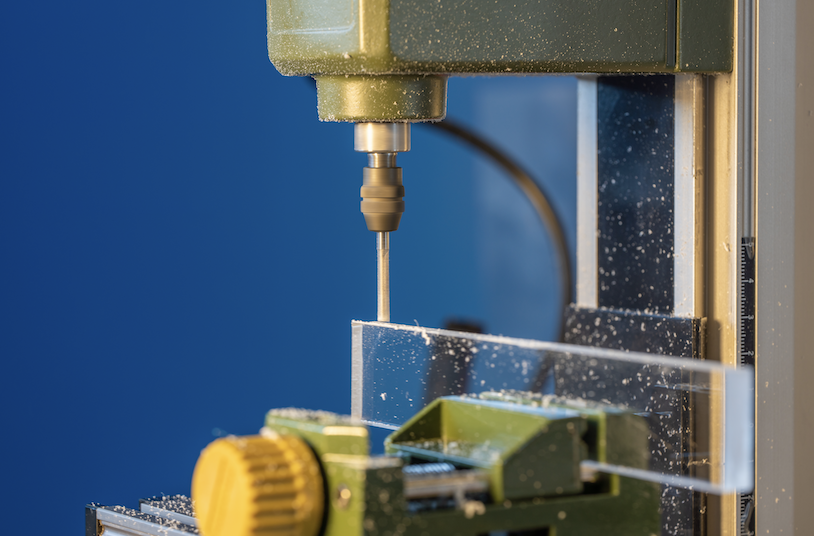Plastic Fabrication: Everything You Need to Know
Plastic Fabrication: Everything You Need to Know
Blog Article

Plastic fabrication is the process of constructing plastic products using various techniques. This industry plays a crucial role in a wide range of sectors, including medical and aerospace. In this article, we will explore the Plastic Fabrication key aspects of plastic fabrication, covering its methods, uses, and benefits.
Plastic Fabrication Methods
There are several widely used methods for fabricating plastic, each designed for specific purposes. These include:
- Thermoforming: Warming plastic sheets to form desired shapes.
- Injection Molding: Injecting molten plastic into a die to create complex parts.
- Blow Molding: A process used for lightweight plastic products, such as bottles.
- Extrusion: Shaping plastic by forcing it through a mold.
- CNC Machining: Shaping plastic with automated machines.
Industries Benefiting from Plastic Fabrication
Plastic fabrication is used in numerous industries, including:
- Medical: Manufacturing of prosthetics.
- Automotive: Fabricating lightweight, durable vehicle parts.
- Electronics: Producing casings, circuit boards, and insulation materials.
- Packaging: Making plastic containers for consumer goods.
- Construction: Creating PVC pipes, insulation panels, and structural components.
Advantages of Plastic Fabrication
There are several notable benefits to plastic fabrication, including:
- Cost-Effectiveness: Lower material and production costs.
- Durability: Resistant to chemicals.
- Flexibility: Easily molded into unique shapes and sizes.
- Lightweight: Ideal for transportation applications.
- Recyclability: Environmentally friendly material options.
Summary
Plastic fabrication is a essential process that enables innovation across many industries. With improvements in manufacturing techniques, the scope of plastic fabrication looks promising. Whether in construction, the importance of plastic fabrication cannot be understated.
Report this page